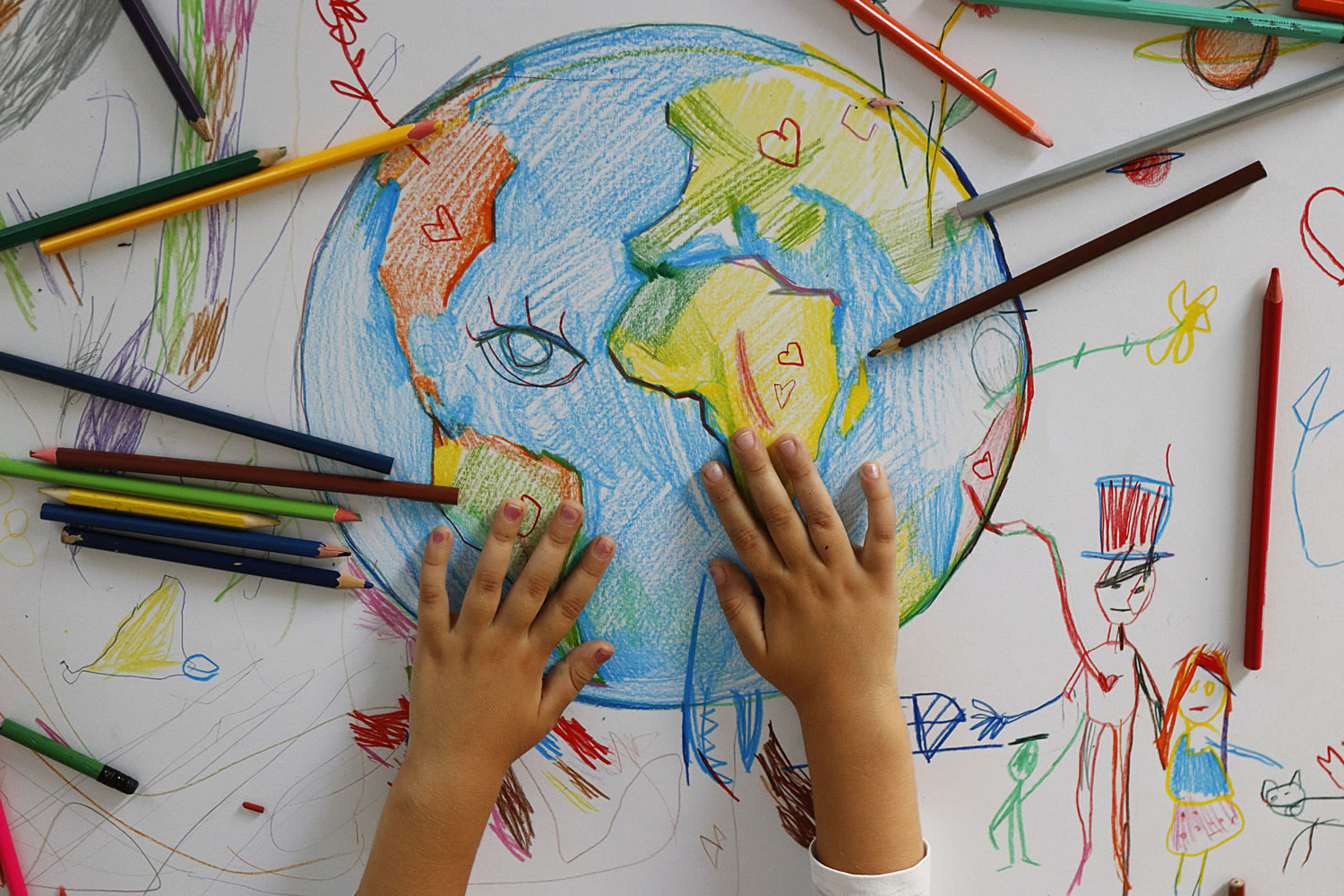Harmony Day: Fun activities to celebrate diversity
Published on Tuesday, 16 March 2021
Last updated on Wednesday, 08 December 2021

This Sunday 21 March marks Harmony Day – an Australian Government initiative to celebrate cultural and religious diversity in this country. With an ongoing message of ‘everyone belongs’, it’s about respect, inclusiveness and a universal sense of belonging.
Orange is the official colour of Harmony Week. The bright and cheery hue signifies social communication, freedom of ideas and meaningful conversations. And it’s a great to get children and staff involved – set the scene by decorating play equipment and the classroom with orange ribbons and encourage everyone to wear orange clothing (or a ribbon) or a traditional outfit from their culture.
Then carve out time to do some fun activities that celebrate Harmony Day and explore the messages behind it. Here are a few easy suggestions the children are sure to enjoy:
Celebrate at mealtime
Turn morning tea or lunch into a fun Harmony Day picnic with special dishes to mark the occasion. These might include:
- Orange-themed fruit such as oranges, mandarins, rockmelon and carrots.
- Ask families to send in a morning tea or lunch dish unique to their culture.
- While you’re eating, ask the children what they had for dinner last night and investigate the origins of the dishes.
Start a conversation
During group time, encourage the children to think about the concepts of ‘harmony’ and ‘belonging’, and what these mean to them.
Questions you could ask the group include:
- What does ‘harmony’ mean? Can you identify any examples of harmony in nature or in the world around you?
- Who is in your family? Discuss how families are both different and the same.
- What special occasions do you celebrate in your family? Write them down and then include them in a wall display. The children may wish to include drawings to illustrate these special events.
- What language do you speak at home?
- Is anyone bilingual? If a child is bilingual, ask them to them to teach their friends how to count to 10 in their other language.
- What groups do you belong to – for example family, friendship and sports groups?
- What things make you feel like part of a group? Do you sing special songs, wear special clothes, commemorate any occasions together?
You might also:
- Encourage the children to bring in an item from home that is unique to their culture and tell their friends about it.
- Teach them how to say ‘hello’ in one or two other languages.
- Talk to them about the Indigenous owners of your region. If there is an Indigenous elder living in your community, ask them to come in for a visit and speak to the children.
Get up and active
- Attach a world map to the wall and ask the children where their name comes from. Pin their names to the relevant country on the map.
- Get the children to stand up and dance to music from different parts of the world.
- Have fun with exercises from around the world – for example, yoga stretches, tai chi, salsa dancing, jumping jacks and jogging on the spot.
- Create a Harmony Day hand tree: attach a simple image of a tree to the wall then trace each child’s hand on a piece of paper and cut it out. The children can decorate their hand and attach it to the top or base of the tree to symbolise togetherness and belonging.
You’ll find several of these ideas and more on the Australian Government’s Harmony Day website.
Related Articles

Harmony Day activities
Harmony Day, is an initiative celebrating the successful integration of migrants into our community and reinforcing the importance of inclusiveness to all Australians.

Embracing diversity in Harmony Week
A range of age appropriate activity suggestions for celebrating Harmony Week with children in early childhood settings.

Harmony Day 2017 - Easy ways to be involved
Harmony Day 2017 - Easy ways to be involved.

